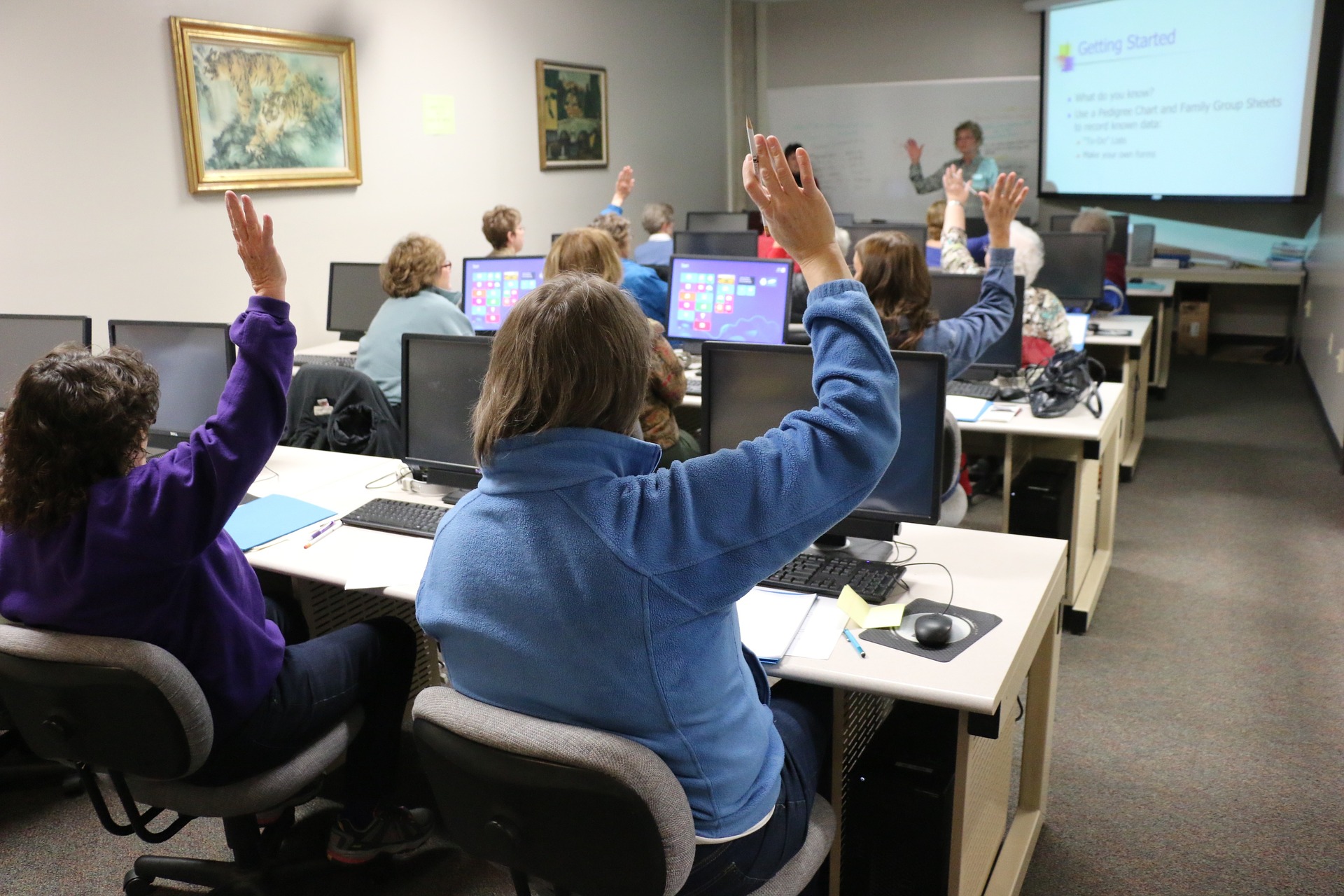 Because the Excelsior OWL is so media rich, engaging, and comprehensive, it works well as a unique writing resource, no matter your class format. If you are teaching in a classroom without computers, a “flipped” classroom may be the best option for you (see the section Flipped Classrooms). However, if you are teaching in a face-to-face computer classroom or in a classroom where students have laptops or other devices, the Excelsior OWL is going to work well as a way to engage students in class.
Because the Excelsior OWL is so media rich, engaging, and comprehensive, it works well as a unique writing resource, no matter your class format. If you are teaching in a classroom without computers, a “flipped” classroom may be the best option for you (see the section Flipped Classrooms). However, if you are teaching in a face-to-face computer classroom or in a classroom where students have laptops or other devices, the Excelsior OWL is going to work well as a way to engage students in class.
To begin, because the Excelsior OWL is so comprehensive, it is important to spend some class time providing students with an overview of the resource, summarizing each learning area, and explaining some of the media-rich activities. This will not take long, as usability studies on the Excelsior OWL indicate that students were able to comfortably navigate the resources. However, as content is continually added, it is a good idea to spend some time at the beginning helping students get comfortable with this new resource.
Once students are introduced to the Excelsior OWL, it is still important to give them guidance—at least in the form of specific links for specific assignments and topics. For example, if you are beginning a narrative essay, it would be a good idea to point students directly to the resources on writing effective narratives available to students in the Rhetorical Styles area. Although a search function is available in the Excelsior OWL, sending students directly to key areas of the Excelsior OWL for classroom assignments will help students have a more positive and productive experience.
Using the Excelsior OWL exclusively for homework assignments is an option but fits more with a “flipped” classroom scenario. If you are not flipping your class and want to take advantage of some of the Excelsior OWL’s resources in class, you will want to become familiar with the resources yourself first. The OWL User Guide with links, available in the appendix, will provide you with a basic content overview of common topics related to writing instruction. Once you are comfortable with the kinds of topics you want to cover in class, thinking about activities from the Excelsior OWL that are fun and interactive will help bring lessons to life for your students.
Examples of Engaging Classroom Activities
- Students can work with partners to complete interactions and activities. You can assign students specific activities, such as the comma “drag and drop” activities in Grammar Essentials or the thesis check interaction in Research. Having students share their results with the class will help add extra engagement and reinforce lessons learned from the activities.
- When teaching process, break students into groups to have each group watch a process video from Research, The Writing Process, or Argument & Critical Thinking, depending upon your focus. After the groups watch their assigned videos, have them share with the class what they learned. Ask them questions about what they might do differently or similarly, depending upon their own processes and habits.
These are just a few of the many possibilities the Excelsior OWL offers for engaging opportunities in a face-to-face classroom. The key is to ensure lab time or access to laptops or other devices (Remember, the Excelsior OWL works on phones and tablets.) to help bring some fun to important lessons in writing.
